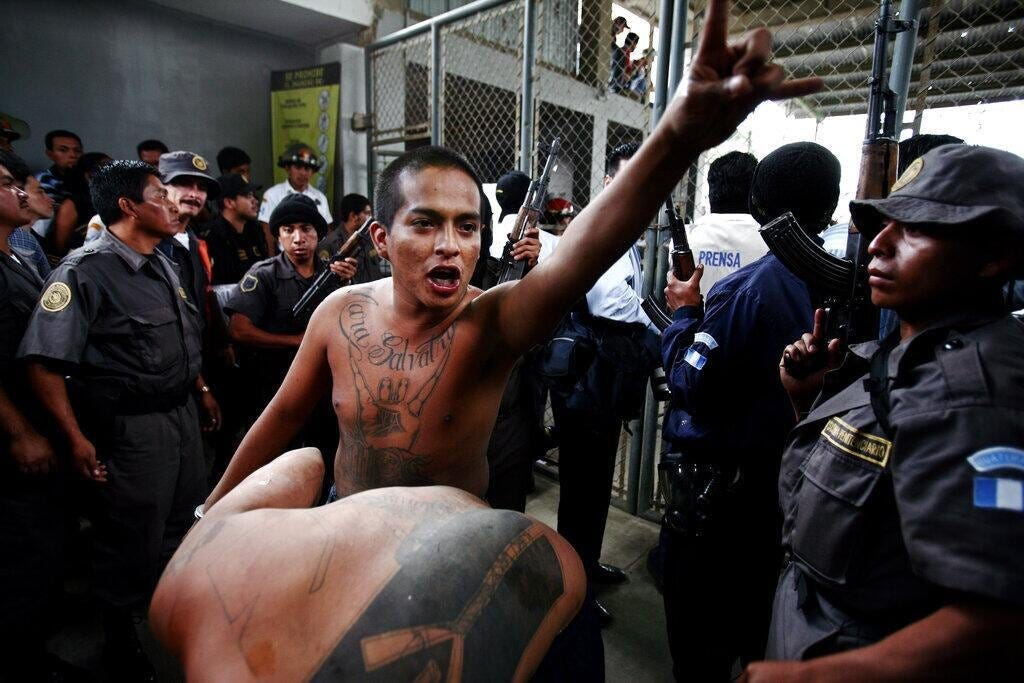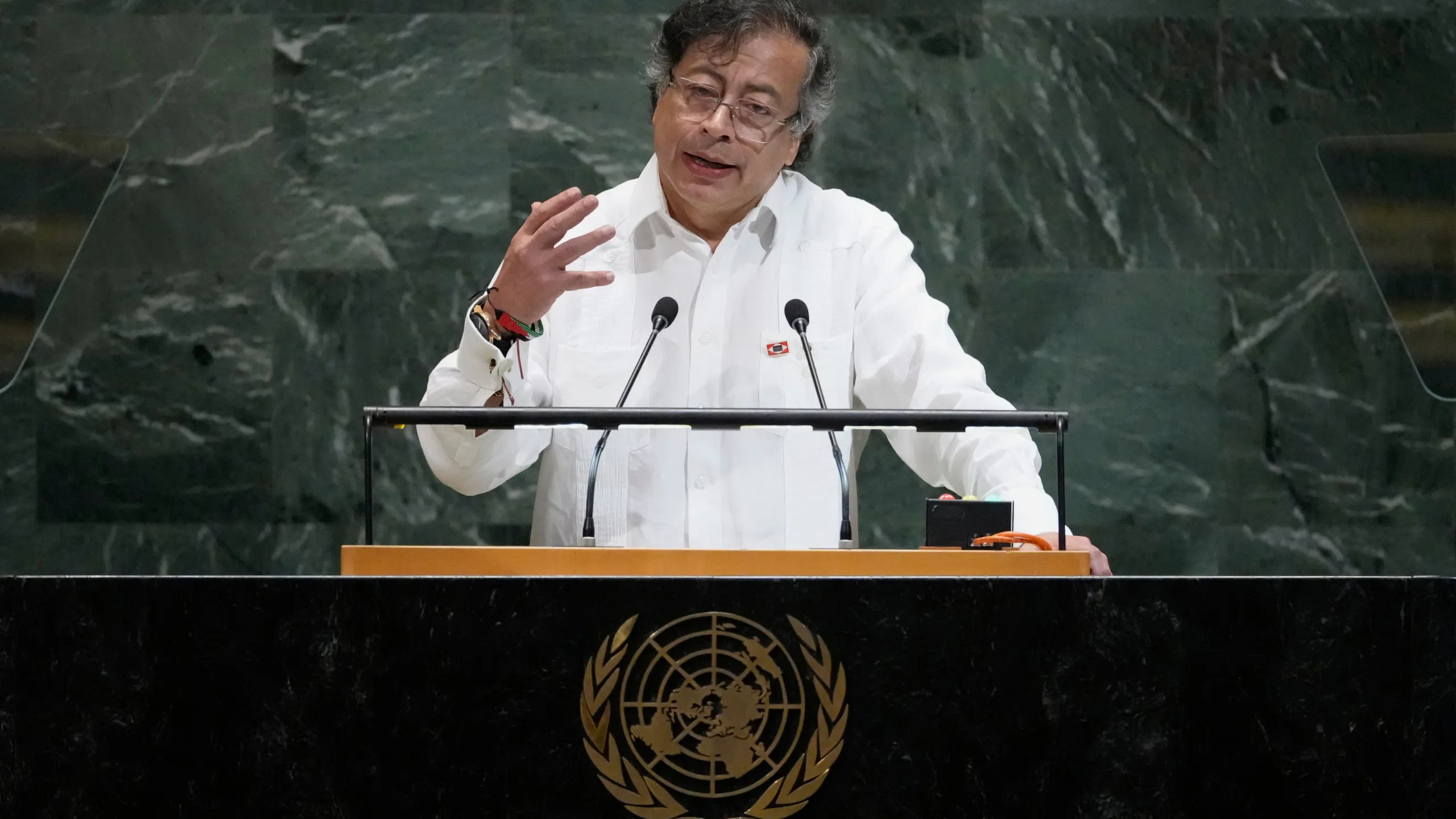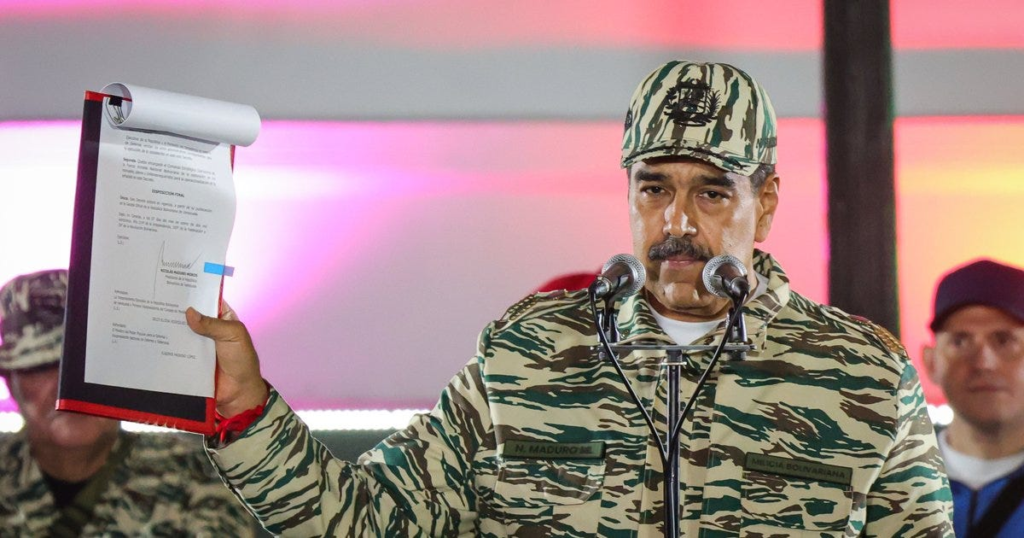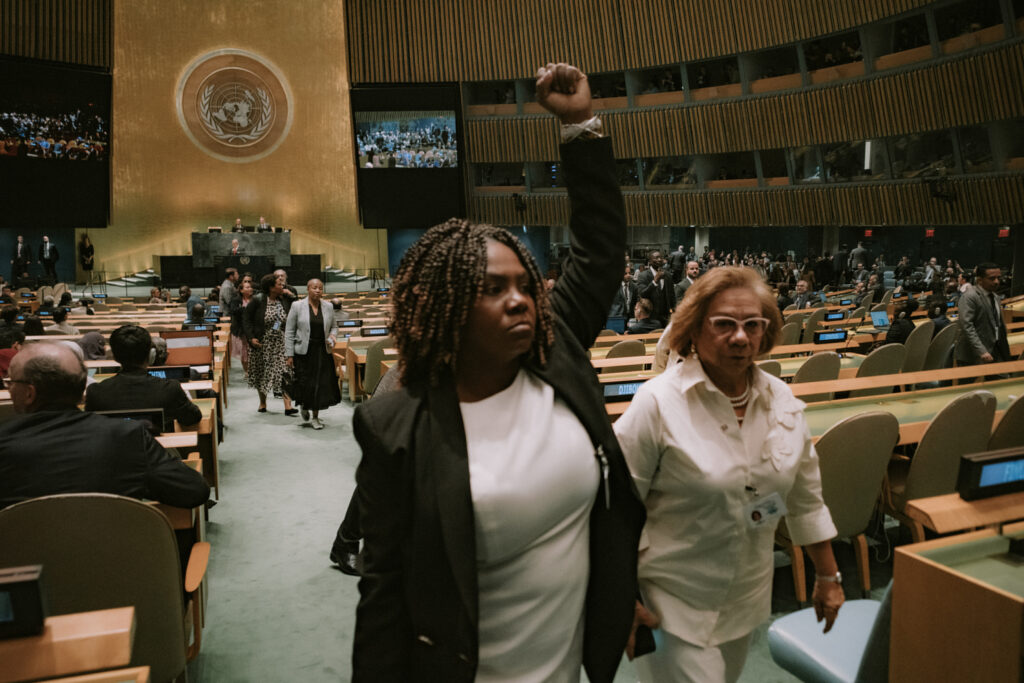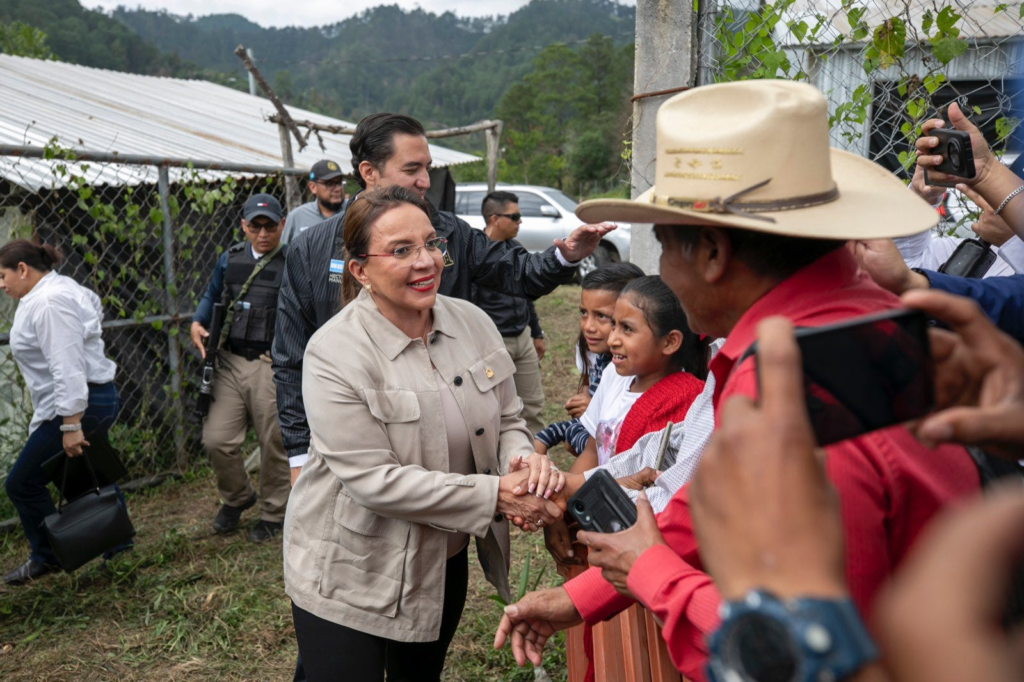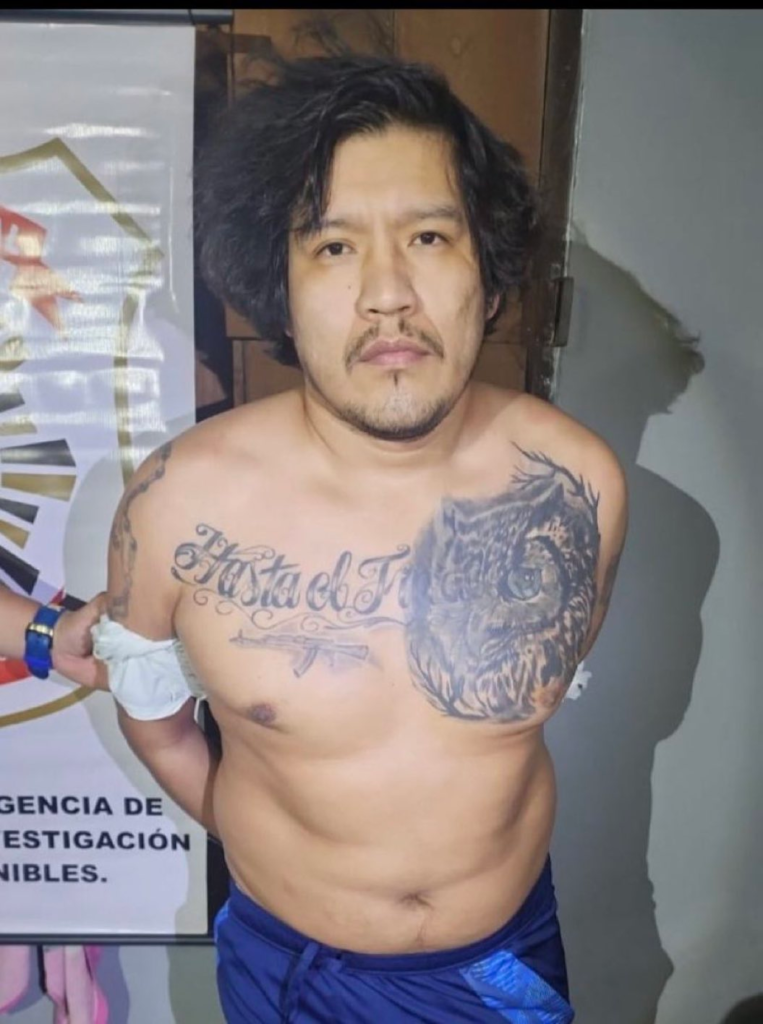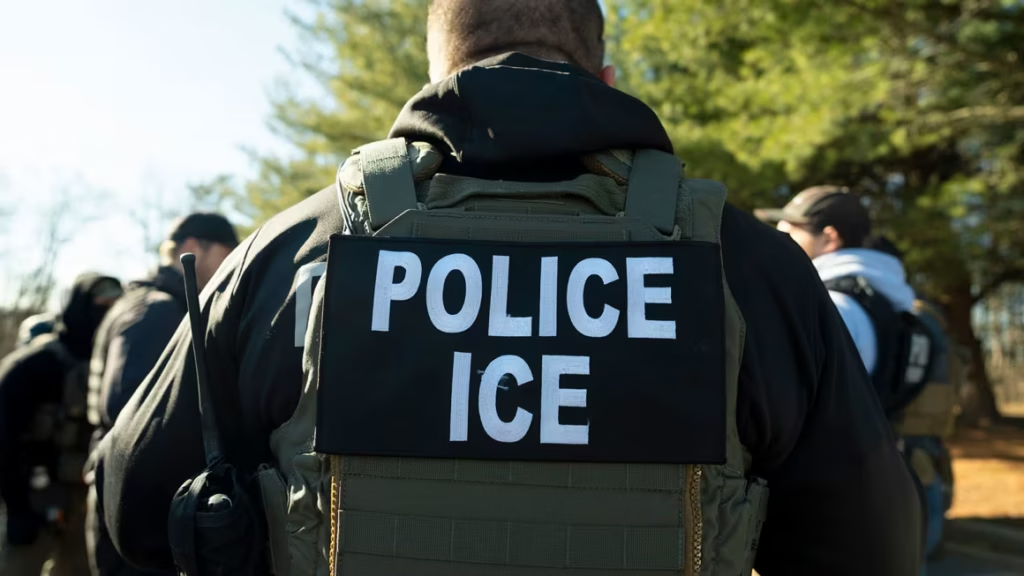On Tuesday, the night of the 12th of August, inmates from two prison facilities in Zone 18 in Guatemala City began to riot and mutinied the command staff of the two facilities, taking 11 prison guards hostage, and demanded that authorities retransfer their gang leaders to less restrictive prison centers away from the nation’s capital in Guatemala City.
Inmates and gang members from the nation’s most dangerous criminal organizations, Mara Salvatrucha (MS-13) & Barrio 18, took over the prison systems that evening, holding captive 11 guards, restraining their hands behind their backs, and isolating them in a corner of one of the prison’s quarters.
Images and videos of the incident began to circulate throughout the internet, showing the guards sweaty, disheveled, and blind folded, packed into the background behind multiple masked men. The video features one guard being recorded, who appears to read a message written by the inmates meant for Guatemalan Interior Minister Francisco Jiménez:
“We demand a peaceful dialogue to ensure that our leaders are not transferred to the prisons near the capital. We need to negotiate this to avoid further escalation.”
The mutiny comes two weeks after the transfer of two high-profile leaders of the nation’s street gangs to a maximum security detention facility, where supervision of inmates is much more stringent.
Central American prison systems have a troubled history in which inmates have been able to exert tremendous influence and control over facilities, and where the jefes, or the bosses, are just as powerful within the confines of a prison cell as they are when out on the streets.


The Guatemalan prison system has received backlash over the years for being largely neglected, and upgrades and bolstered security measures, long overdue. The region’s prisons are also rife with public corruption from prison guards at the behest of the powerful street gangs that occupy these facilities.
On the 30th of July, Guatemala’s Interior Ministry announced the transfer of the main leaders of Barrio 18 and Mara Salvatrucha to a Maximum Security Detention Center in Escuintla.
Francisco Jiménez stated on X that, “10 extremely dangerous criminals, untouchable by previous governments, are now under absolute isolation, with total surveillance 24 hours a day. No access. No privileges. No ability to lead or coordinate anything.”
The hostage crisis lasted for much of the night, until the Guatemalan National Police (PNC) deployed a successful operation by its Anti-Kidnapping Command unit, freeing all 11 of the prison guards taken hostage during the mutiny.
The operation retook total control of the facility, injuring several inmates, and recovered multiple firearms that had been used in the hostage-taking, and the ensuing brief gun battle between prison inmates and the Anti-Kidnapping Command. Among the contraband discovered, a cache of rifles, additional weaponry, cell phones, and narcotics was also recovered following the incident.
This recent rebellion mimics those that have occurred in the Guatemalan prison system in times past.
In May of 2019, a riot in a prison in Friajanes, in the south of Guatemala, left seven inmates dead and many more injured after inmates seized control of the facility. Authorities discovered in the aftermath of the melee to regain control that the facility had been severely overpopulated. Prison authorities said the facility was built to house 900 prisoners, however, over 4,100 inmates were recorded.
Similar incidents have taken place throughout the country in recent years, especially in the midst of a violent crime wave, causing great distress to the civilian population and to the national government, which has been criticized by the population for failing to reduce the nation’s criminal elements.
Underdevelopment of the nation’s prison infrastructure, overpopulation, uncontrolled crime, public corruption, and lack of funding for the region’s judicial system have all contributed to the instances of extreme disorder and loss of control of state prison systems of local governments.

